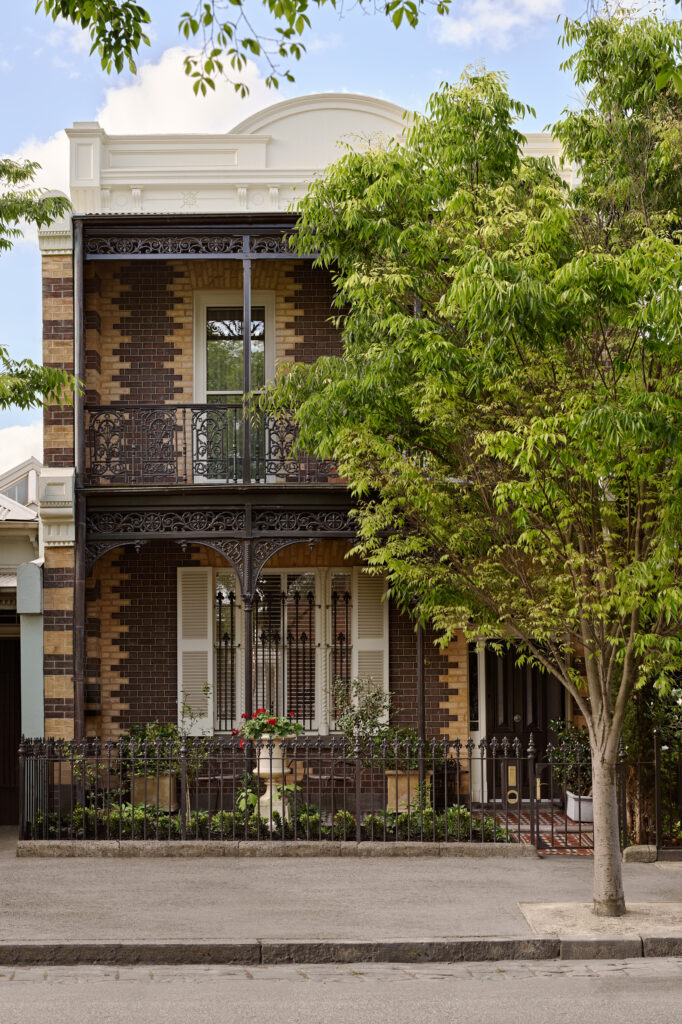Understanding Contingency Sums in Your Project
June 2012
A contingency sum is a key tool in managing costs and budgets throughout your building project. It provides a financial buffer for unexpected costs, helping to keep your project on track. This post explains how contingency sums work and the benefits of including them during the construction phase.

At the start of any project, it’s important to have a clear understanding of the total expected cost. While the net construction cost can be estimated in different ways, additional expenses inevitably arise. These costs differ from project to project and may change as the design and construction progress.
Some components of the total project cost include:
- Land acquisition
- Net construction costs
- Design and consultancy fees
- Statutory fees and permits
- Project contingency sums
- Legal, accounting, and other professional fees
- Financing or interest costs
- Cost escalation over time
- Furniture, fittings, and equipment
Contingency Sums
A contingency sum is essentially a budget allowance for unforeseen or unpredictable costs that may appear during the design or construction phases. Having a contingency sum allows the project to evolve smoothly while giving you a realistic idea of the likely total cost.
Including a contingency allowance at each stage ensures the total end cost is more accurately estimated. It also enables your design team to make informed decisions while staying within a realistic budget.
The size of the contingency sum will vary depending on the project type. Renovations usually require a larger contingency than new builds due to the potential for hidden issues. As the design progresses and more details are finalised, the contingency sum may decrease, but it should always be considered throughout the project, including the construction phase.
It’s important to remember that a contingency sum is meant to cover unexpected work, not planned variations or extras.
The Design Dontingency
During the design stage, many elements of a project are still unresolved or unclear. As a result, the design contingency is generally higher as a proportion of the overall budget.
While architects provide realistic cost estimates, accurate cost planning and the establishment of a comprehensive project budget is a specialist service, usually provided by a quantity surveyor.
The Construction Contingency
Once your design is finalised and construction is about to start, the contingency sum has a slightly different purpose. Unlike the design contingency, which helps guide the development of your design, the construction contingency is reserved for unforeseen costs that arise during building.
This may include hidden site conditions, new requirements from authorities, or minor costs resulting from the contract documentation. The construction contingency can either be included in the contract as a provisional sum or held separately by the client outside the contract.
Maintaining a construction contingency ensures that unexpected issues can be managed without impacting your overall budget or timeline.
If you’d like to discuss your project, please contact me for an obligation free consultation.
